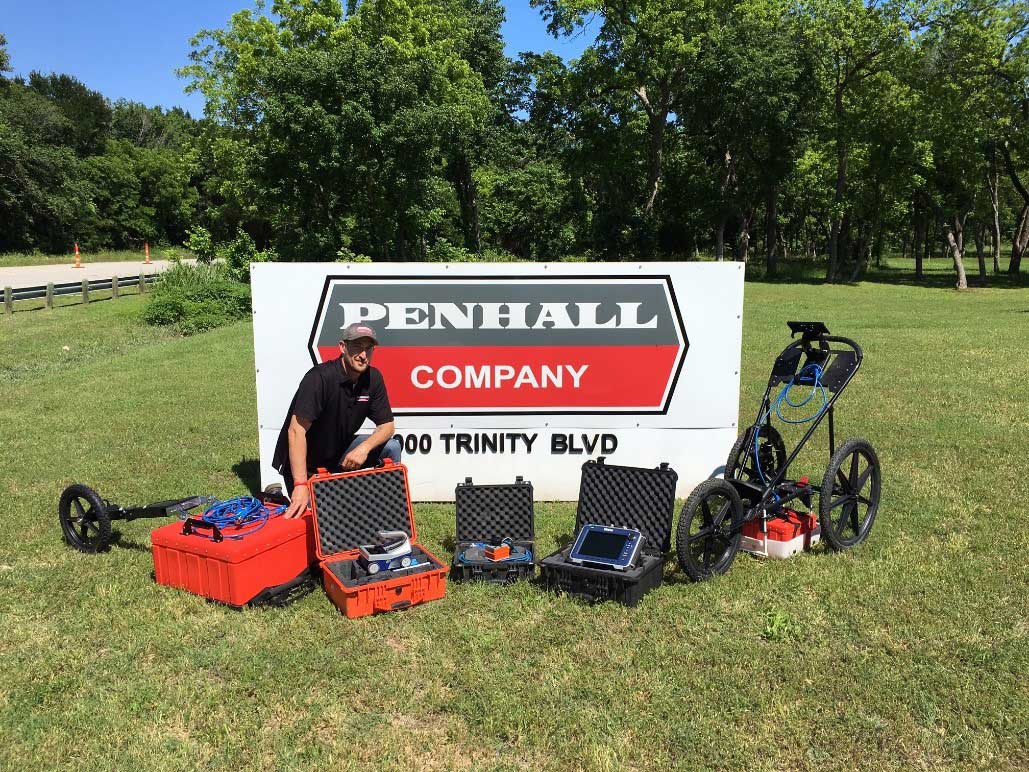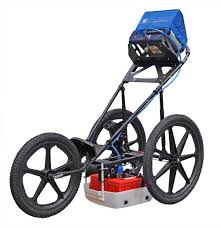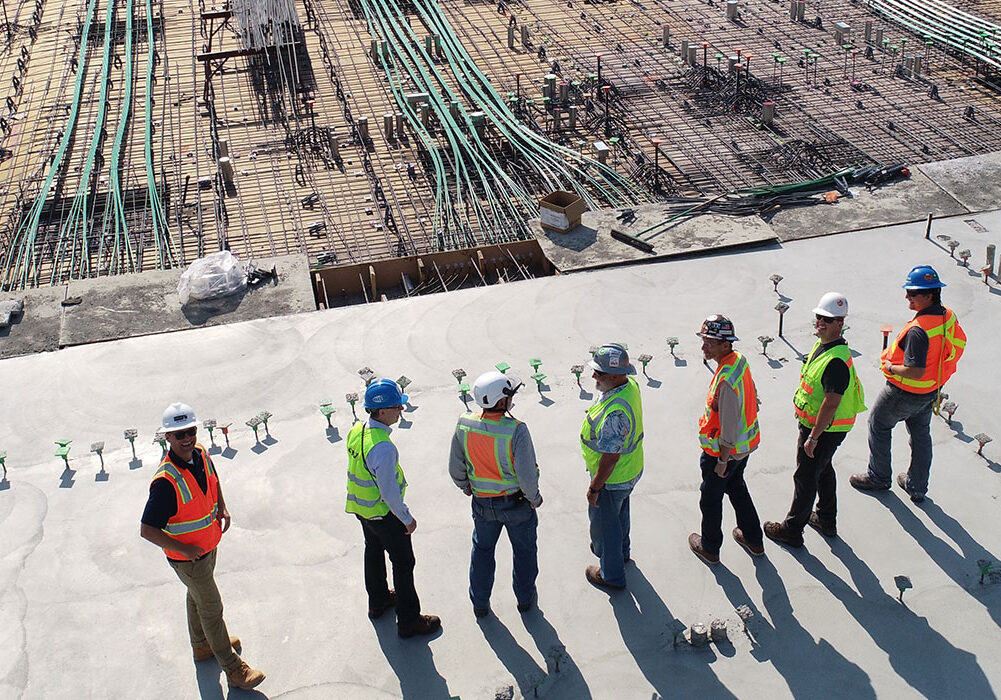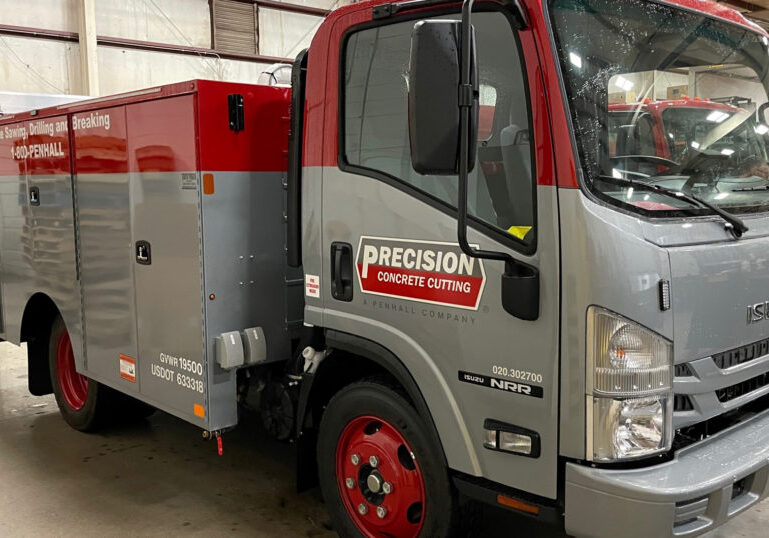
At Penhall Technologies, our analysts use several types of equipment for optimum accuracy for our underground utility locating services. The following are a couple of the tools that an analyst may use on any given jobsite.
RD 7000 Series – Electromagnetic Detection
 |
The RD 7000+ Pipe and Utility Locator is the backbone of utility locating services. It can transmit multiple frequencies, has several power modes, and possesses both passive and active systems. This makes the RD system the most appropriate tool to start locating underground utilities. |
Simply put, the RD system works by sending a signal or electromagnetic frequency through the transmitter to the metal pipe, valve, or tracer wire. Then, the system uses the receiver to trace that signal down the length of the pipe or wire.How Electromagnetic Detection Works
There are several ways to obtain a signal from a line. The two most common ways are to connect directly to the wire within the line, or to connect the wire or meter of the line to surround it with the signal. These are the ideal approaches to ensure that we are attaching to the correct line when there are several in the area.
GSSI Cart with 400MHz Antenna – Ground Penetrating Radar
 |
Unlike traditional technologies such as electromagnetic detection, GPR can detect plastic, concrete, and metal pipes. This makes it an ideal system to locate underground utilities of any kind and more. This is a great partner to our electromagnetic systems to ensure that we are covering all bases in our utility locating services. |
GPR technology works by sending a flash of energy into a surface, such as concrete or ground soil, via a special antenna. Each unit is equipped with both an antenna and a receiver, as well as a computer system. The computer, also known as the brain unit, can register any reflected signal into an image. This is done by measuring the time and strength it takes for the signal to be transmitted and returned. These reflections are produced by several objects, such as conduit or pipes.
How GPR Helps with Underground Utility Locating
The GSSI utility cart with the 400 MHz antenna can locate utilities to a maximum depth of about 9 feet. The GPR penetration and resolution of images depends on soil conditions. To learn more about the factors that affect GPR findings, read here.
Despite the limitations, GPR is often the best way to detect abandoned lines, utilities with no surface valves, PVC, clay pipe, or similar non-metallic utilities. It is also a good way to determine the approximate depth of the utilities.
Overall, at Penhall Technologies, we stay up to date with the latest and greatest technologies to better serve our customers. Our analysts are not only equipped with top of the line equipment, but have the experience and training necessary to interpret the data methodically and efficiently.
For further questions or to receive a quote:
Call or email us at:
844-211-5300
Or visit our website:


